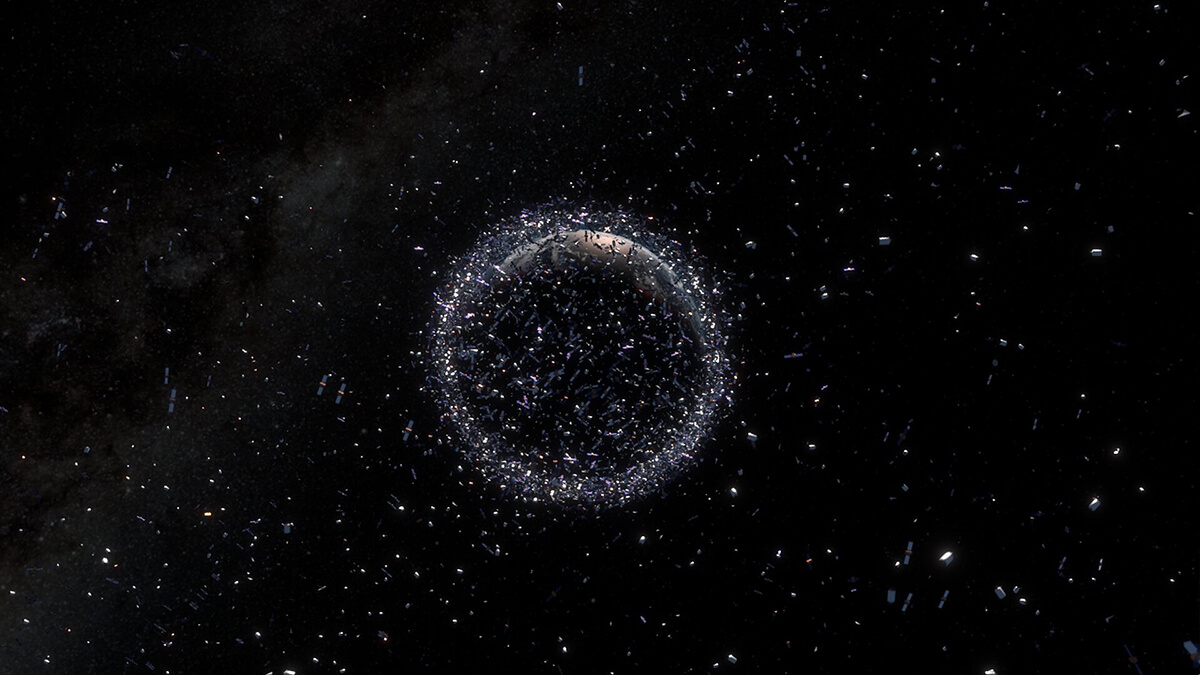ESA Space Environment Report 2024

According to ESA’s Space Environment Report 2024, 2023 saw the highest number of payload launches ever, with most satellites becoming part of large commercial communications constellations.
This report has among its conclusions the following fundamental statements are made:
– The Earth’s orbital environment is a limited resource.
– More satellites were launched in 2023 than in any previous year.
– The number and size of commercial satellite constellations in some low Earth orbits continues to increase.
– There are not enough satellites leaving these highly congested orbits at the end of their life.
– Satellites that remain in their working orbit at the end of their mission risk breaking up into dangerous clouds of debris that remain in orbit for many years.
– Active satellites must perform more and more collision avoidance maneuvers to avoid collisions with other satellites and pieces of space debris.
– The adoption of measures to combat space debris is gradually improving, but it is still not enough to stop the growth of space debris.
– Without further changes, the collective behavior of actors operating in space (private companies and national agencies) will be unsustainable in the long term.
For the authors of the Report: The amount of space debris in orbit continues to increase rapidly. Space surveillance networks currently track about 35,000 objects. Of these, about 9,100 are active payloads, and the remaining 26,000 are debris larger than 10 cm. However, the actual number of space debris larger than one centimeter (large enough to cause catastrophic damage) is more than a million.
Two thirds of all active satellites, Currently, more than 6,000 of them are located at altitudes between 500 and 600 kilometers. This trend will continue as most new satellites launched in 2023 will also be sent into these orbits. Any collision or explosion that creates a large amount of debris will be catastrophic for all satellites in the same orbit occupied, as well as for all spacecraft that must pass through these orbits.
In low Earth orbits, the number of events that trigger collision avoidance procedures increases, partly due to increased traffic congestion and partly due to increased debris.
In absolute terms the number of objects reentering the Earth’s atmosphere in 2023 has decreased. This is mainly because debris returns caused by a specific anti-satellite missile test in late 2021 peaked in the previous year. However, efforts to improve compliance with space debris mitigation guidelines that require satellites to be removed from important orbits at the end of their life have intensified, leading to a rapid increase in the number of satellites returning to orbit.
One aspect that needs to be improved is the number of rocket bodies that are returned in a controlled manner. By 2023, approximately 90% of low-orbit rocket bodies will leave their valuable orbits in accordance with current rules, and more than half will return in a controlled manner.
Despite improved mitigation measures, a lack of compliance and corrective action meant that there was still a net increase in space debris in 2023. If current trends are extrapolated into the future, as in the past, the number of catastrophic impacts could increase significantly.
This could lead to “Kessler syndrome,” which could cause some orbits to become unsafe and unusable over time as debris continues to collide and fragment, creating a cascade effect.
Future aspirations in space are to the Moon and beyond. In addition to ensuring low Earth orbit is safe for human spaceflight, Keeping the lunar space (the area between the Earth and the Moon) clean is becoming an increasingly important task.
Without strong gravity and a thick atmosphere to gradually remove debris from orbit, it is critical to apply the lessons learned and keep lunar orbits debris-free from the start.